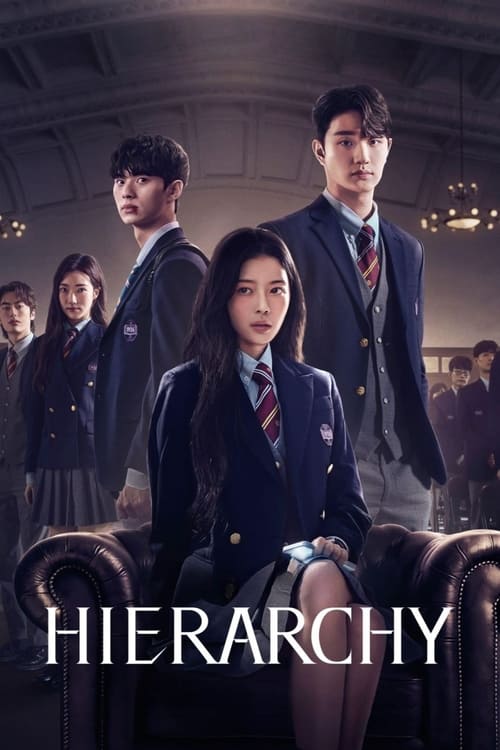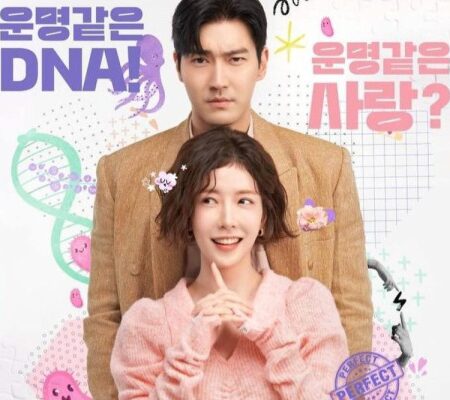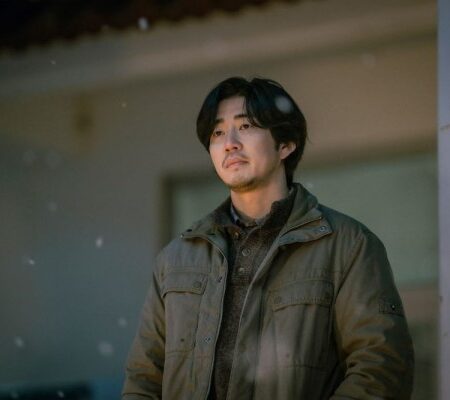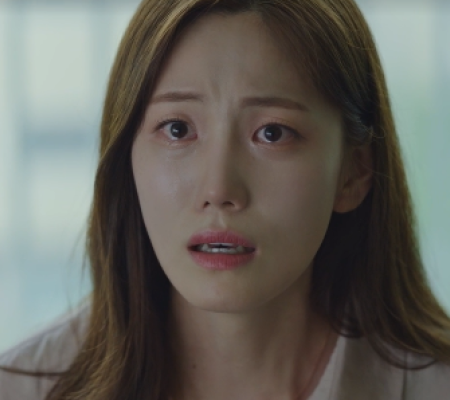The drama Hierarchy aired its final episode on June 7, 2024, on Netflix, leaving viewers with much to ponder about the implications of hierarchical systems in educational institutions. Directed by Bae Hyun Jin, this Korean drama sets its narrative in Jooshin High School, an elite institution populated by students from wealthy conglomerate families. The show masterfully highlights the deep social divisions fostered by a rigid hierarchy.
The Setting: Jooshin High School
At the heart of Hierarchy is Jooshin High School, where the principle of noblesse oblige is ostensibly upheld. The school provides opportunities for intelligent but underprivileged students to study alongside the elite. However, the hierarchical system in place severely impacts these scholarship students, creating a stark divide between them and their affluent peers. Here are seven poignant examples of how this hierarchy manifests in the drama.
1. Tie Colors as Social Markers
One of the most visually striking symbols of hierarchy in Hierarchy is the color of the students’ ties. Elite students wear maroon ties, while scholarship students are marked by dark blue ties. This simple differentiation allows elite students to exert arbitrary power over their less fortunate peers, reinforcing their superior status and the social gap.
 still cut from Hierarchy (instagram.com/netflixkr)
still cut from Hierarchy (instagram.com/netflixkr)
2. Inferior Classroom Conditions
Scholarship students face constant reminders of their lower status, even in their learning environment. They are relegated to the back seats with desks that are rotten and unstable. This physical separation in the classroom underscores their perceived inferiority and hinders their educational experience.
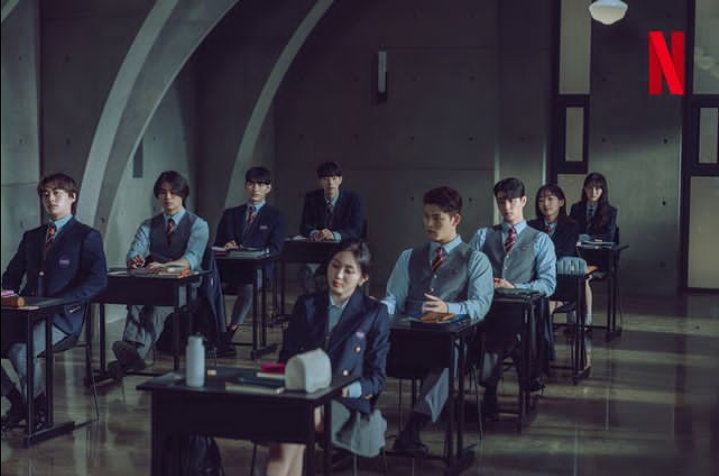 still cut from Hierarchy (instagram.com/studiodragon.official)
still cut from Hierarchy (instagram.com/studiodragon.official)
3. Access to Resources
The disparity in resources is another critical aspect of the hierarchical system. Luxurious special classes are exclusive to elite students, while scholarship students must attend additional classes at the end of the hall, far from the opulence enjoyed by their wealthier counterparts. This segregation denies scholarship students the full benefits of the school’s resources.
 still cut from Hierarchy (instagram.com/studiodragon.official)
still cut from Hierarchy (instagram.com/studiodragon.official)
4. Social Isolation
Interaction between elite and scholarship students is heavily restricted. Scholarship students are prohibited from befriending elite students, forcing them to only associate with fellow scholarship recipients. This enforced social isolation exacerbates their sense of exclusion and reinforces the hierarchical divide.
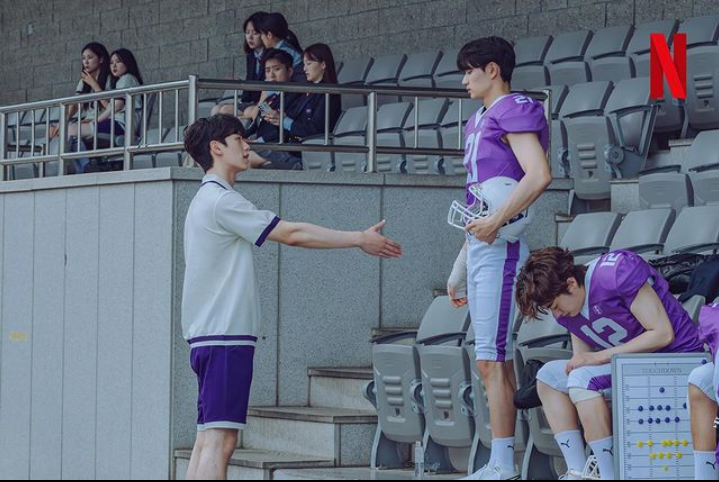 still cut from Hierarchy (instagram.com/netflixkr)
still cut from Hierarchy (instagram.com/netflixkr)
5. Public Humiliation
Another demeaning practice at Jooshin High School is the rule that scholarship students cannot stand up before the elite students do. This rule not only humiliates the scholarship students but also ingrains a sense of subservience that is hard to shake off.
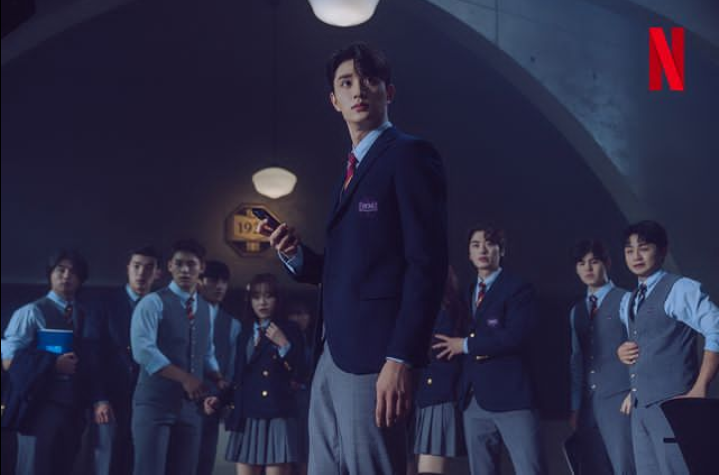 still cut from Hierarchy (instagram.com/studiodragon.official)
still cut from Hierarchy (instagram.com/studiodragon.official)
6. Silenced Voices
Scholarship students in Hierarchy are not allowed to voice their opinions or complaints, particularly about bullying. The administration dismisses their grievances, claiming that school life is a microcosm of the real world. This attitude not only perpetuates the suffering of scholarship students but also normalizes bullying and injustice.
 still cut from Hierarchy (instagram.com/studiodragon.official)
still cut from Hierarchy (instagram.com/studiodragon.official)
7. Limited Opportunities
Despite their academic prowess, scholarship students are systematically denied the chance to be the best graduates. The top honors are reserved for elite students, regardless of their actual academic performance. This blatant favoritism underscores the unfairness of the hierarchical system.
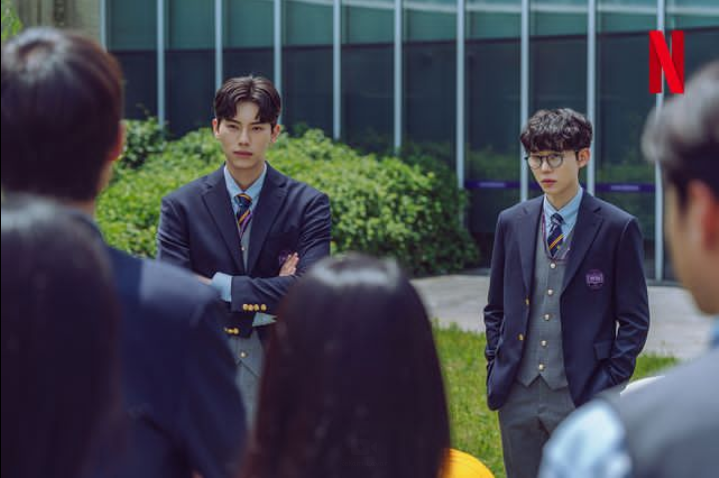 still cut from Hierarchy (instagram.com/studiodragon.official)
still cut from Hierarchy (instagram.com/studiodragon.official)
Final Thoughts
The hierarchical system depicted in Hierarchy serves as a powerful critique of social stratification in educational institutions. The drama highlights the detrimental effects of such systems on underprivileged students, calling for a more equitable and inclusive approach to education. As viewers, we are reminded that the negative aspects portrayed in Hierarchy should never be emulated but rather serve as a catalyst for change in our own communities.
By shedding light on these issues, Hierarchy invites us to reflect on the importance of fairness and equality in education, and to advocate for systems that uplift rather than oppress.
For more insights into the complexities of social hierarchies and their impact, consider exploring more dramas and discussions here in the Drama Realm.

